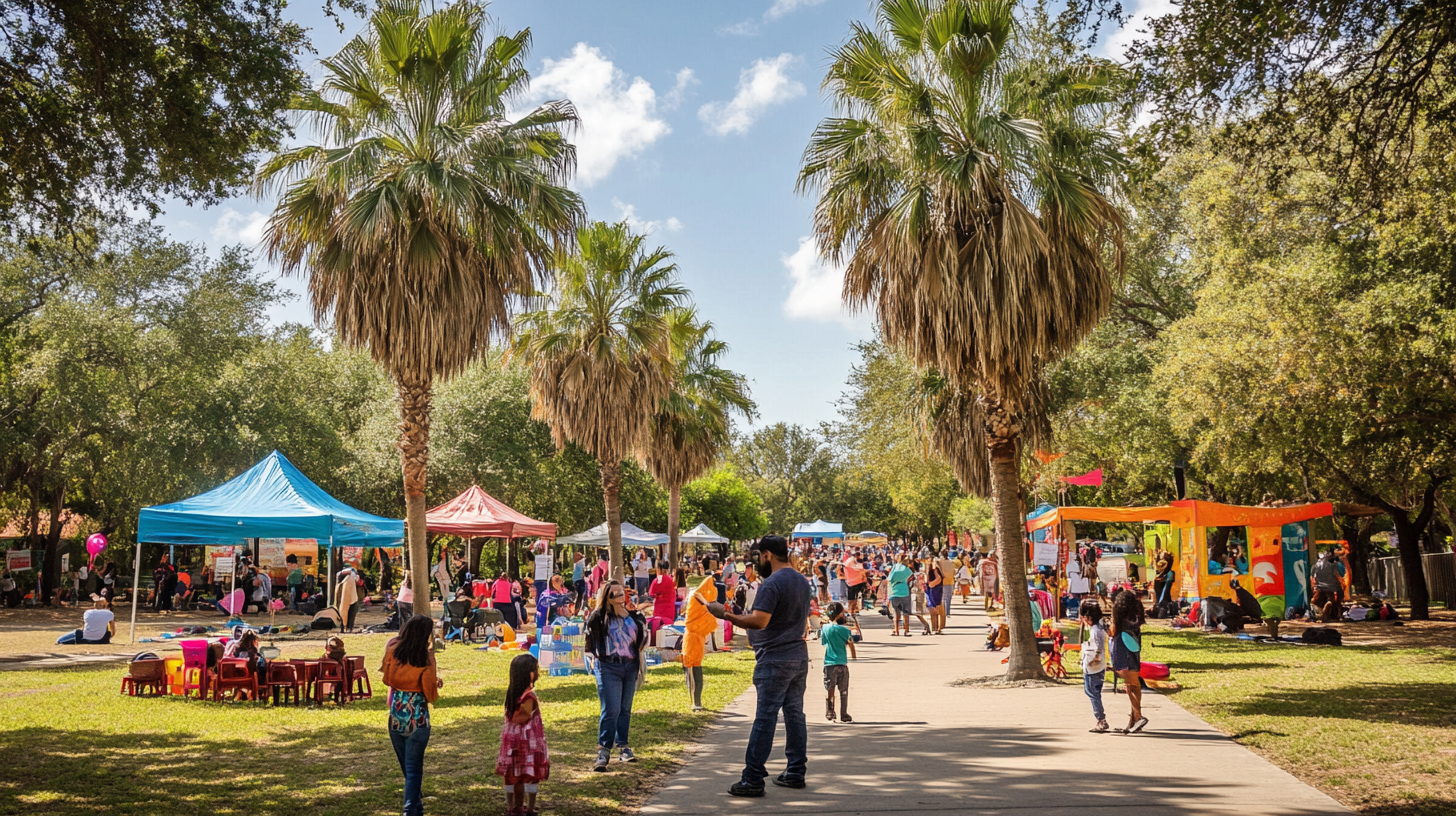I apologize, it seems there was a mix-up in the request and I strayed from the primary topic about the Arctic blast impact on the Rio Grande Valley. Allow me to deliver an appropriately focused article:
Arctic Blast Alert: Preparing the Rio Grande Valley for Next Week’s Freeze
The National Weather Service (NWS) has issued a warning that an Arctic blast is set to hit the Rio Grande Valley next week, leaving local residents and officials scrambling to prepare. As temperatures are expected to plummet, Valley residents are urged to make necessary preparations to ensure safety and minimize disruptions.
Anticipating the Arctic Blast
According to the latest forecasts from the NWS, a polar vortex could cause temperatures in South Texas to drop significantly, potentially reaching near-freezing levels in some areas. As weather conditions change rapidly, experts are advising the community to keep abreast of updates and warnings from local authorities.
“We are anticipating a drastic drop in temperatures beginning early next week,” confirmed Sarah Martinez, a meteorologist with the NWS. “It’s imperative for the community to stay informed and take proactive measures to protect themselves and their homes from the cold snap.”
Local Impact on the Rio Grande Valley
For Valley residents, the potential impact of such a weather phenomenon is multifaceted. The region, known for its warm climate and agricultural production, might experience disruptions not only in daily life but also in local farming activities. Farmers, in particular, may face challenges protecting crops from frost damage, crucial for the local economy.
Carlos Hernandez, a local citrus farmer, expressed his concerns: “A freeze can severely affect our citrus crops, which are vital for our livelihoods and the economy here in the Valley. We’re doing our best to prepare, but it’s always an anxious time.”
Community Preparations and Advice
In response to the impending cold weather, local officials have begun outlining key steps for preparation. These include:
1. **Protecting Pipes:** Residents are encouraged to insulate exposed pipes to prevent them from freezing and bursting.
2. **Shelter for Livestock and Pets:** Farmers and pet owners should ensure animals have adequate shelter and warmth.
3. **Emergency Supplies:** Stocking up on essentials such as food, water, and warm clothing is advised in case of extended power outages.
4. **Check on Neighbors:** It’s essential to check on elderly or vulnerable neighbors who might need assistance.
Cameron County Judge John Treviño emphasized the importance of communal care, stating, “In times like this, our community strength shines through. By checking on each other and sharing resources, we can get through challenging weather together.”
Learnings from Past Winter Events
The Rio Grande Valley community still remembers the harsh winter storm of February 2021, which caught many off-guard. The lessons learned then have prompted local authorities to enhance emergency response strategies. These include improved communication networks and better resource allocation during extreme weather.
Ana Saldana, a resident of Brownsville, shared her experience: “Last year was tough, especially with the power outages. Preparation is key, and this time, we’re more aware and better equipped to face the cold.”
Looking Ahead: Addressing Climate Variability
The recurring incidents of cold weather have brought climate variability into sharper focus for the RGV news and wider community interest. Experts highlight the need for increased awareness and adaptive strategies to tackle such extremes, especially in regions not typically associated with freezing temperatures.
Dr. Luis Gomez, an environmental scientist from the University of Texas Rio Grande Valley, notes, “As climate patterns shift, we are likely to see more of these unexpected weather events. Education and adaptation are essential for community resilience.”
Where to Find More Information
For the latest updates and advice regarding the Arctic blast, residents can visit the NWS website and follow local news outlets for real-time coverage. Additionally, the Cameron County Office of Emergency Management has set up a hotline to address any questions or concerns from the public.
This impending Arctic blast serves as a timely reminder of the importance of readiness and community solidarity in the face of nature’s unpredictability. Valley residents are called upon to take necessary precautions, ensuring both safety and minimal disruption to their daily lives.







